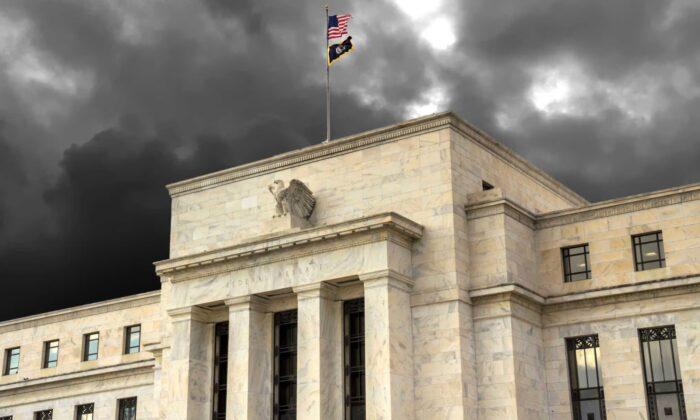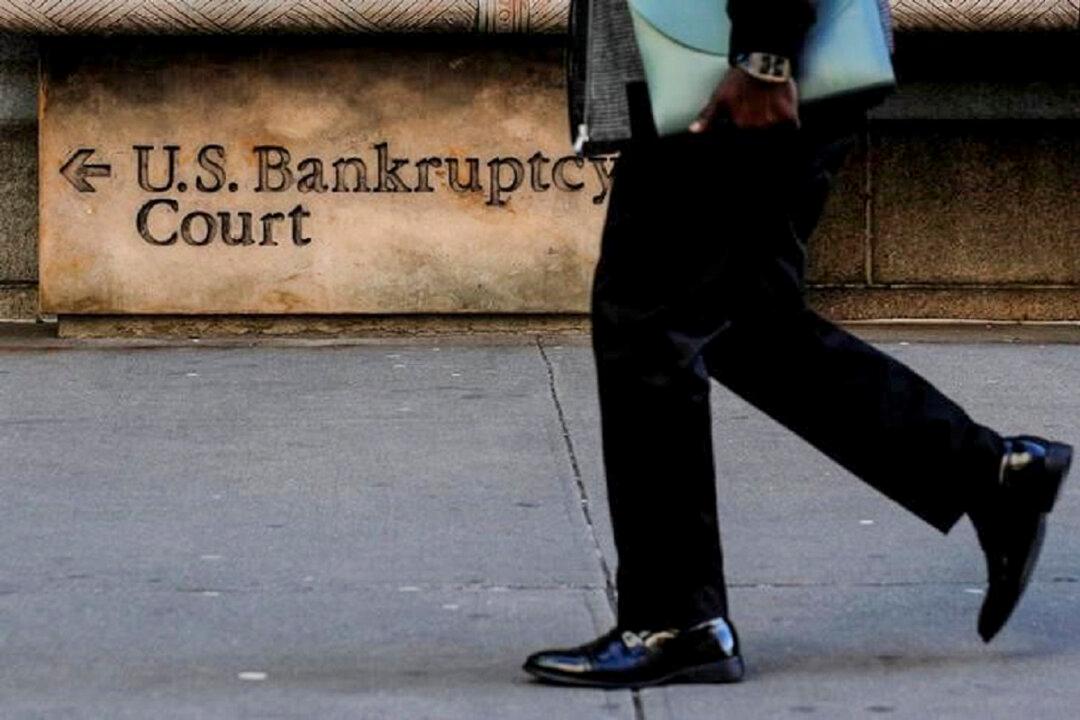The possibility that the United States might slip into a recession has strengthened with the Conference Board Leading Economic Index (LEI) remaining in the red in October.
Ataman Ozyildirim, senior director, economics, at The Conference Board, pointed out that the LEI has fallen for the eighth consecutive month, suggesting that the American economy is likely in a recession.
“The downturn in the LEI reflects consumers’ worsening outlook amid high inflation and rising interest rates, as well as declining prospects for housing construction and manufacturing,” he said.
“The Conference Board forecasts real GDP growth will be 1.8 percent year over year in 2022, and a recession is likely to start around year-end and last through mid-2023.”
Most LEI components declined in October, with non-financial components and average consumer expectations for business conditions declining by 1.74 percent and 2.8 percent, respectively.
The Treasury yield curve is also flashing warning signals. When longer-term interest rates like the 10-year yield get lower than their short-term counterparts like the two-year yield, it results in an inverted yield curve, which usually has been an indicator of a future recession, although it is not definite.
Recession Warning
While speaking at an investment panel in Riyadh last month, Goldman Sachs CEO David Solomon predicted economic conditions to tighten and that the Federal. Reserve will keep raising interest rates until the range hits 4.5–4.75 percent before pausing.But if the Fed does not see “real changes,” Solomon expects rates to go up further. “And I think generally when you find yourself in an economic scenario like this where inflation is embedded, it is very hard to get out of it without a real economic slowdown,” he said, according to CNBC.
However, if a serious downturn were to materialize, the default rates could climb to 6 percent, which would be the highest level since March last year.





